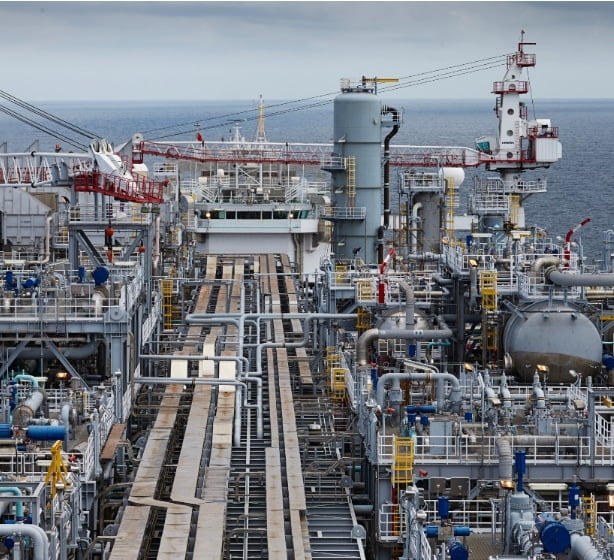By NJ Ayuk, Executive Chairman, African Energy Chamber.
THE joint venture between the Angolan businesses of UK oil major BP and Italian multinational Eni, finalized in early August, is big news in every sense. Azule Energy is now Angola’s largest independent equity oil and gas producer and, according to our report, is expected to be the country’s second-largest producer overall, behind only state-owned Sonangol. Our report projects that Azule will produce approximately 22% of Angola’s oil and gas output through 2025, surpassing even such industry giants as Chevron and TotalEnergies.
How much product are we talking about?
Azule is projected to produce 250 000 net barrels of oil equivalent/day (boe/d) from Angola’s upstream sector by 2027, according to BP and Eni. Not only that, but the company has BP’s and Eni’s stakes in 16 exploration licenses, suggesting a long-term presence in Angola.
Azule will have an important role to play in growing Angola’s natural gas industry, too, as a participant in the New Gas Consortium (NGC). This joint venture was created by BP, Eni, Chevron affiliate Cabinda Gulf Oil Company Limited (CABGOC), TotalEnergies, and Sonangol in late 2019 to explore and produce gas in Angola and bolster economic growth there.
One of the consortium’s initial projects will be the development of the Quiluma and Maboqueiro gas fields, Angola’s first non-associated gas development project. The consortium partners announced a final investment decision on the fields earlier this summer. With first gas scheduled for 2026, the fields are expected to produce a combined total of approximately 4 billion cubic meters (bcm) of gas a year at their peak. The project also will supply gas to the Angola LNG (liquified natural gas) plant.
Azule Energy’s ongoing activity will have a tremendous impact on Angola’s people and businesses. The new joint venture’s natural gas activities alone with help meet domestic needs, beginning with new gas-to-power programmes that will help deliver reliable electricity to more Angolans. The gas also can be used as feedstock for petrochemical plants, leading to more economic growth and diversification, and it can help meet the international community’s pressing need for natural gas, heightened since Russia invaded Ukraine.
